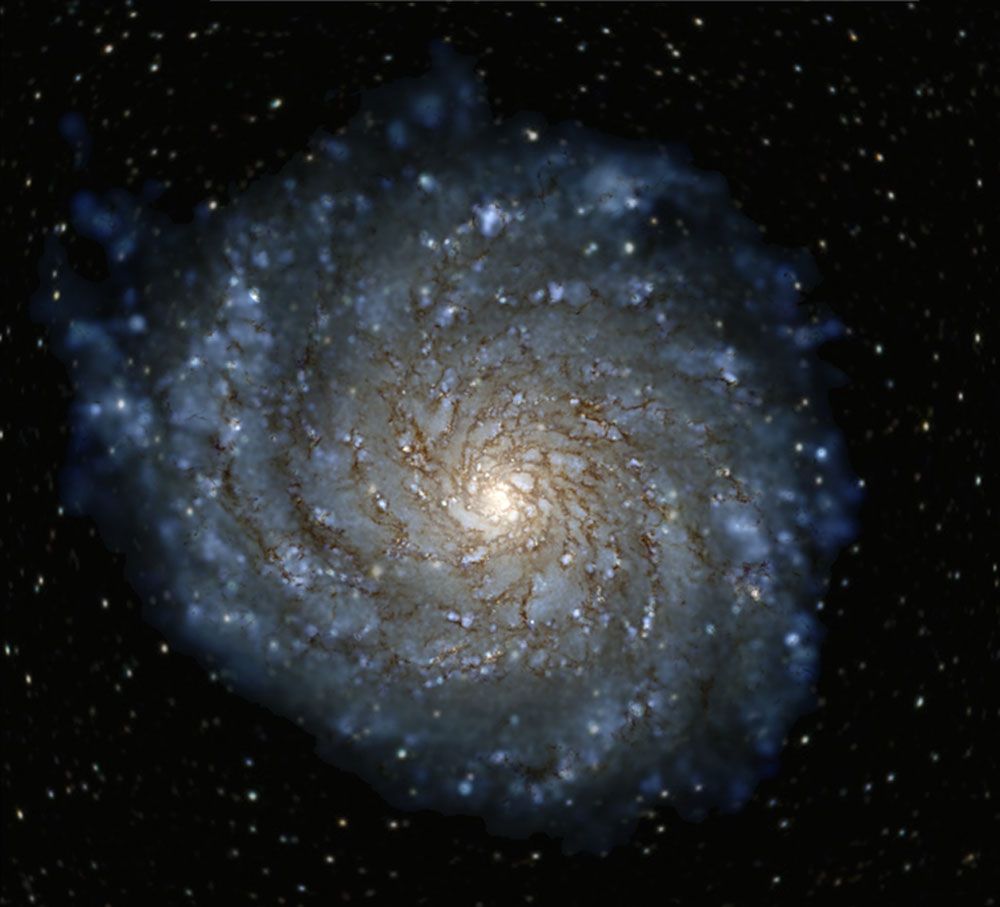They’ve lit up at LAX
Like.
Comment.
One-stop shopping for everything you need to know about the upcoming of the Mars 2020 Perseverance rover.
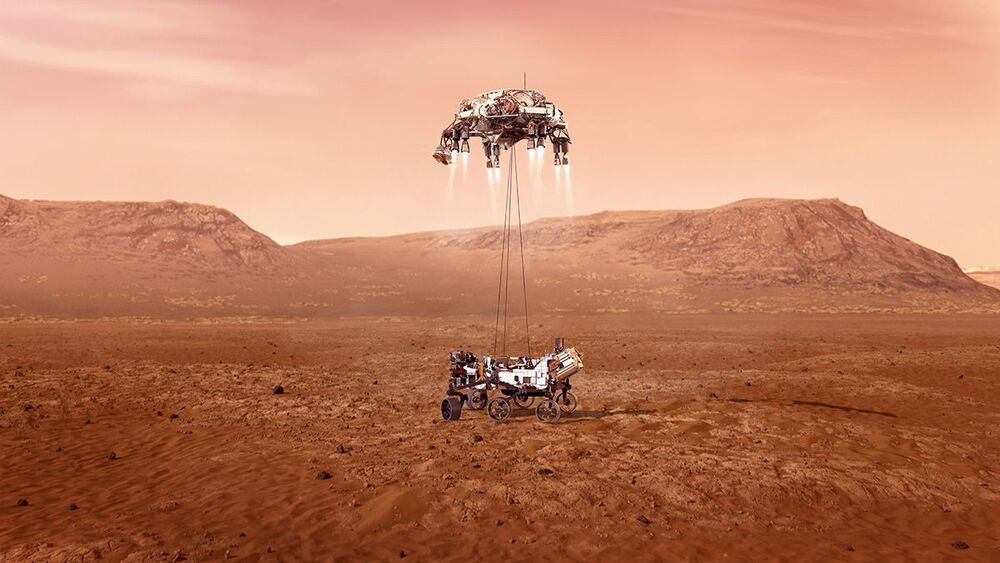
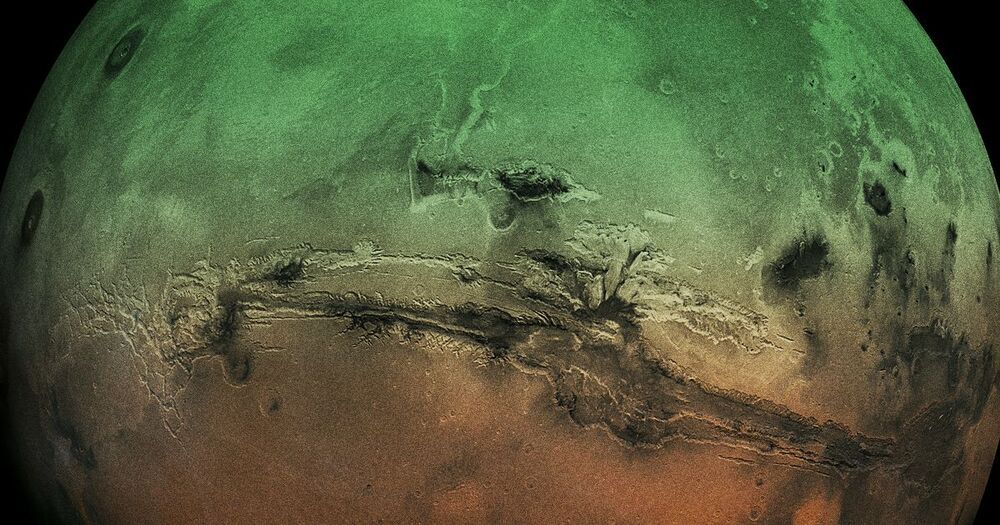
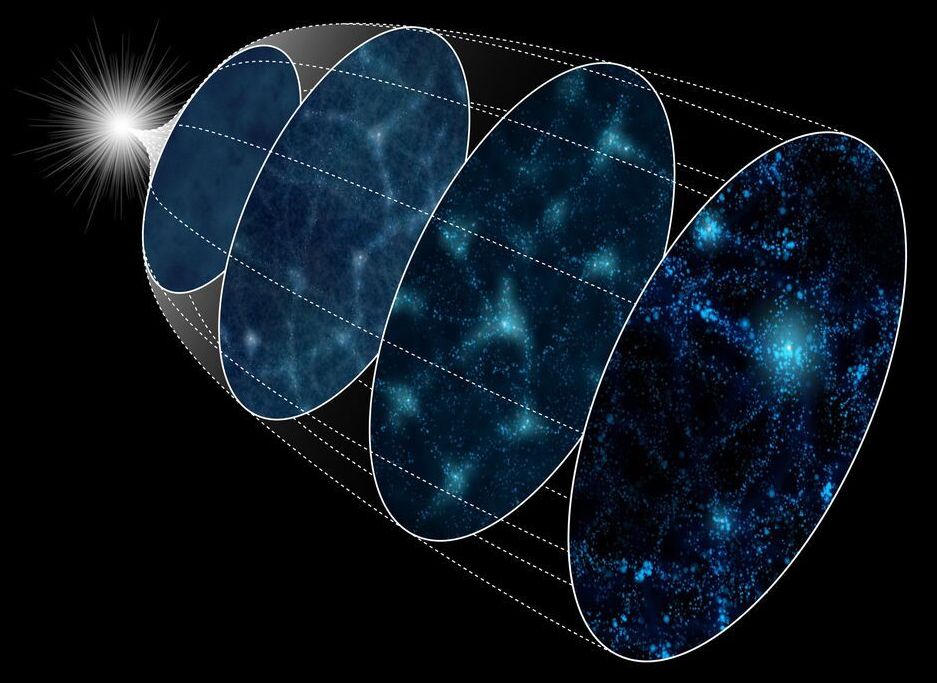
Astronomers have tested a method for reconstructing the state of the early universe by applying it to 4000 simulated universes using the ATERUI II supercomputer at the National Astronomical Observatory of Japan (NAOJ). They found that together with new observations, the method can set better constraints on inflation, one of the most enigmatic events in the history of the universe. The method can shorten the observation time required to distinguish between various inflation theories.
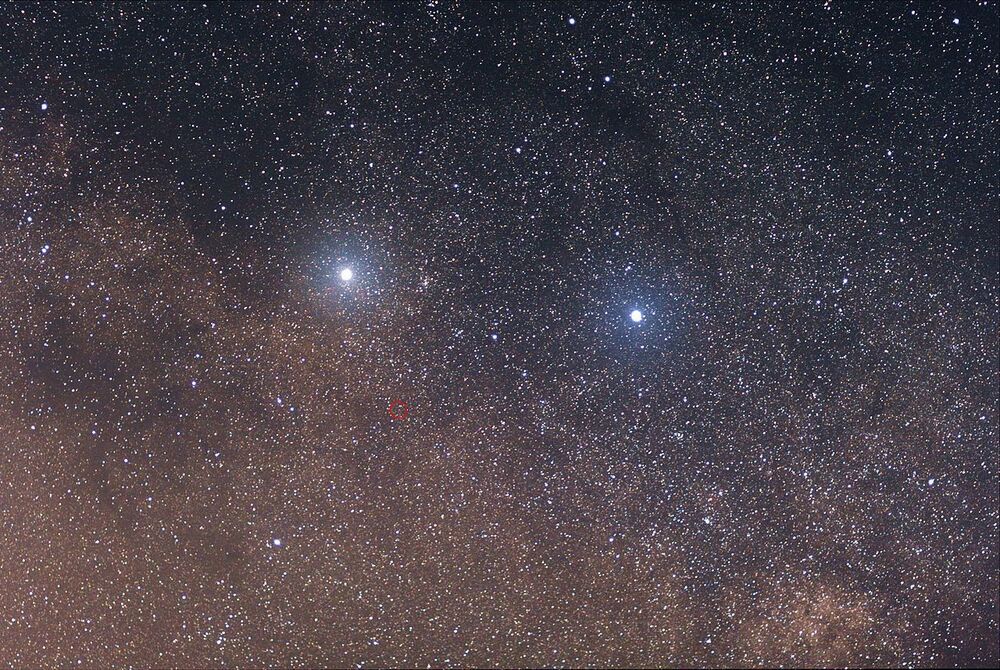
NASA’s Perseverance Mars rover will attempt to record video and audio as it plunges through the planet’s atmosphere at 12000 mph.
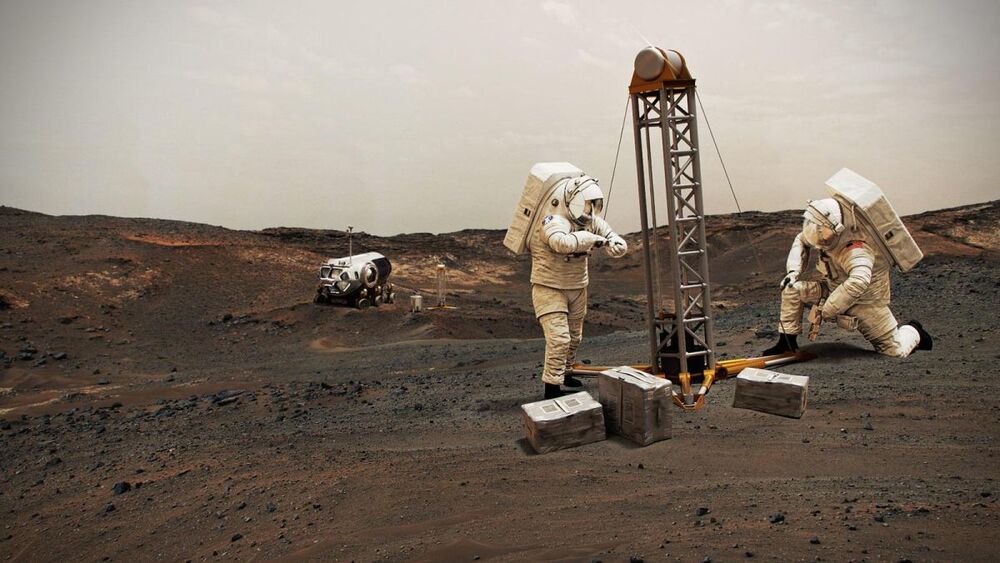

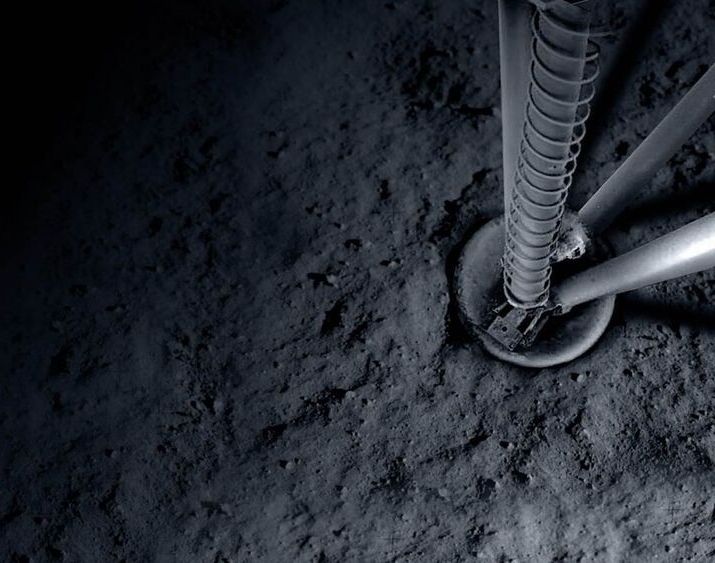
Lunar traffic to pick up as NASA readies for robotic commercial moon deliveries.
NASA is working on various science instruments and technology experiments from the agency that will operate on the Moon once American companies on Commercial Lunar Payload Services (CLPS) contracts deliver them to the lunar surface. Through CLPS flights, NASA is buying a complete commercial robotic lunar delivery service and does not provide launch services, own the lander or lead landing operations.
The agency has already purchased space on five upcoming commercial Moon missions and is expected to announce yet another task order award soon. The upcoming award keeps the agency on track for its goal of two CLPS deliveries per year as part of the Artemis program and will round out two deliveries per year 2021 through 2023.
